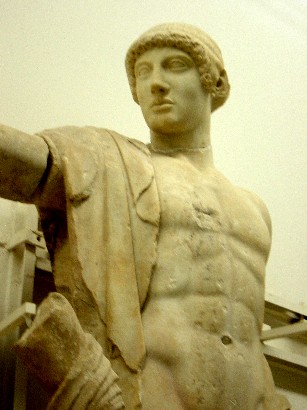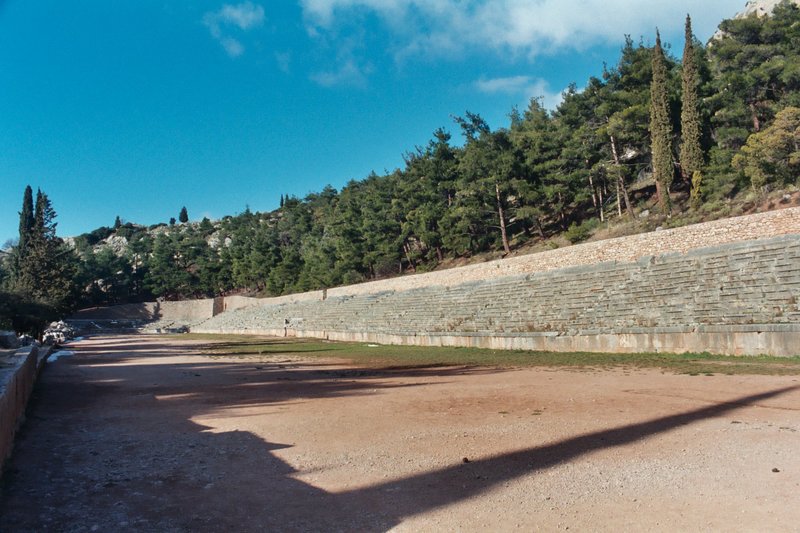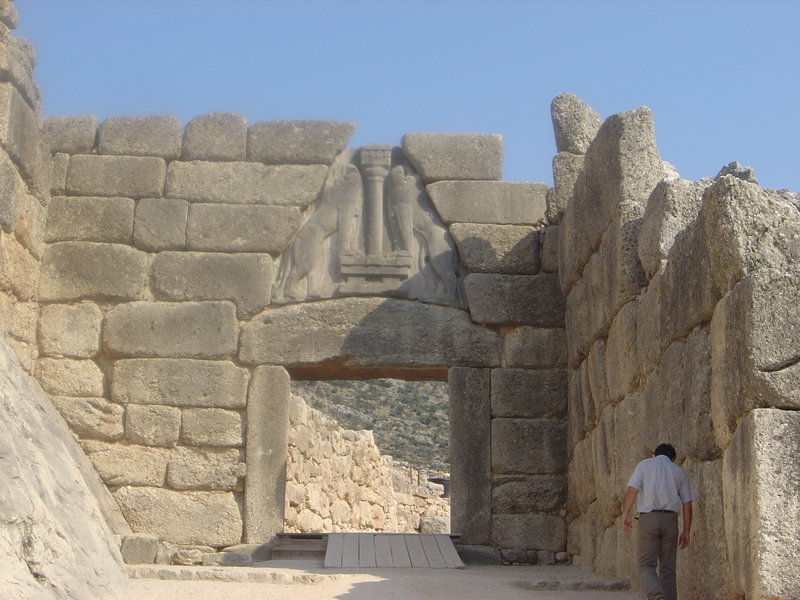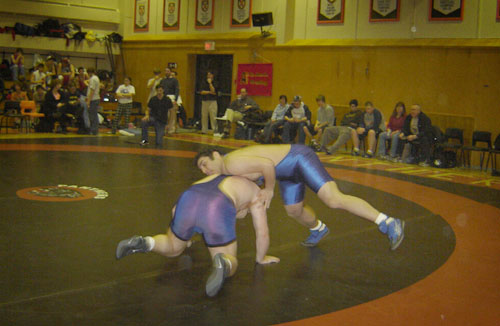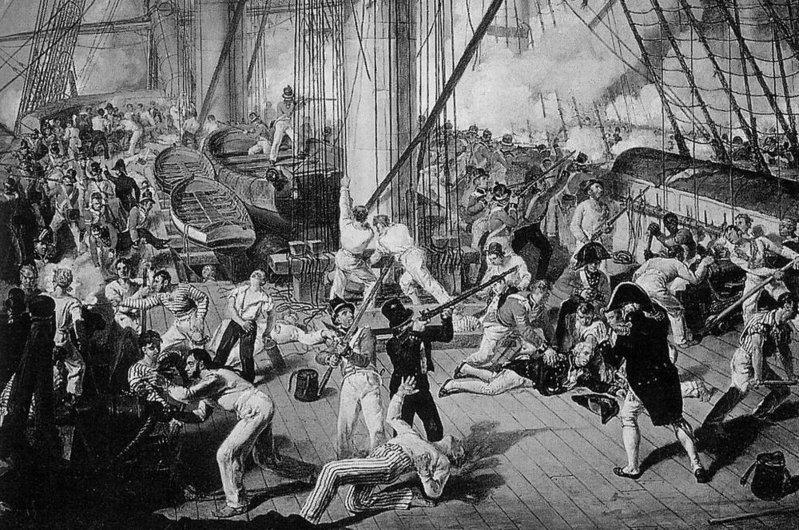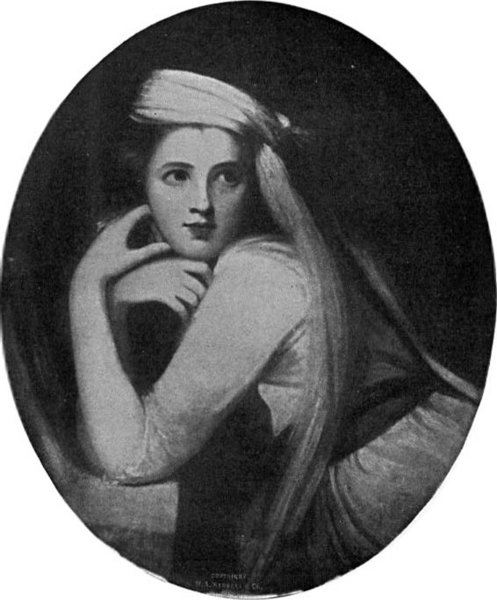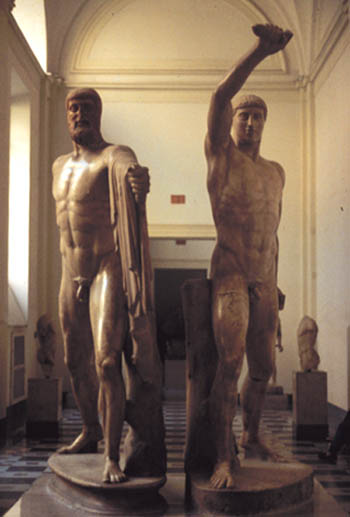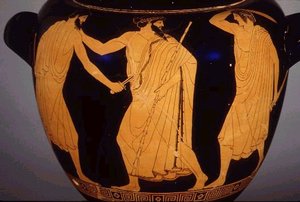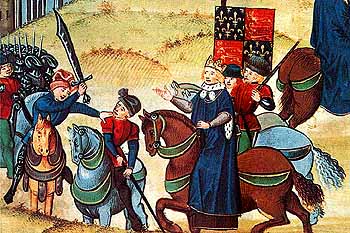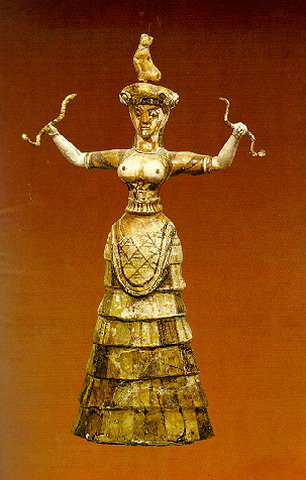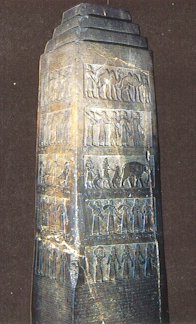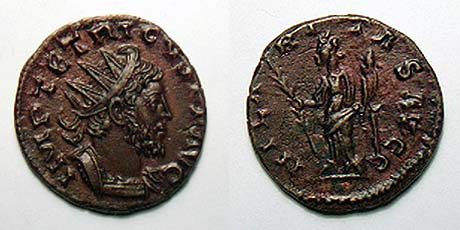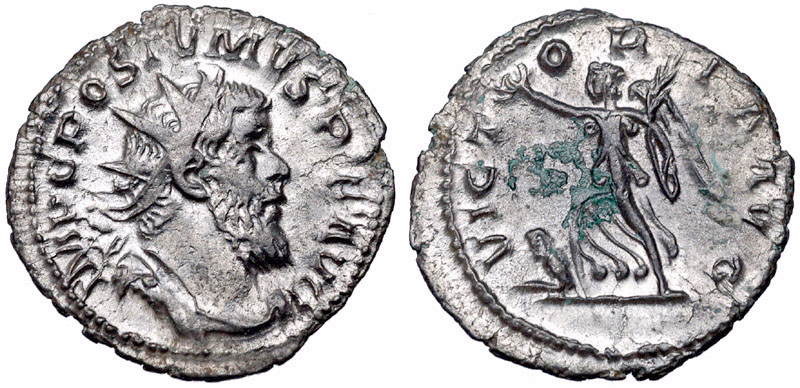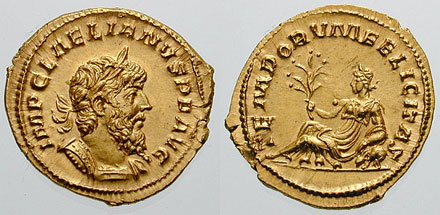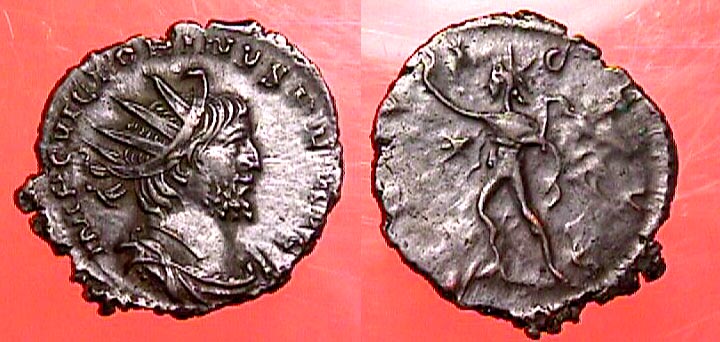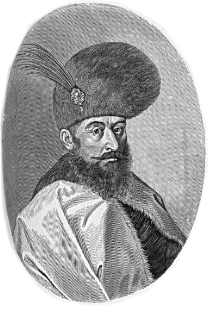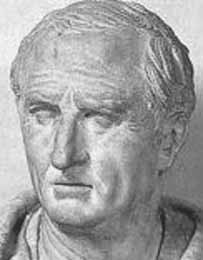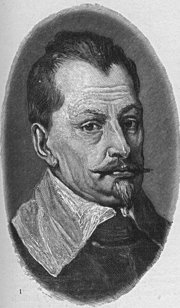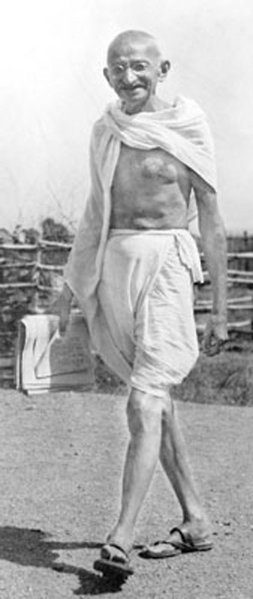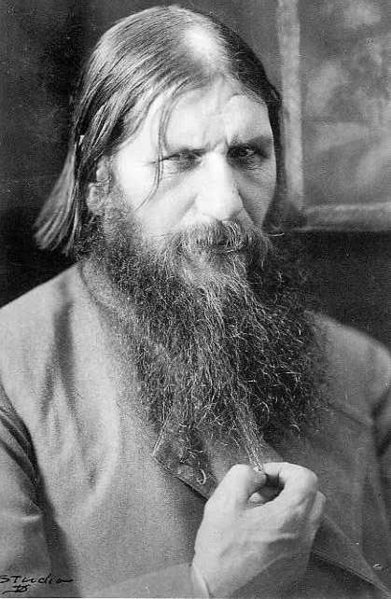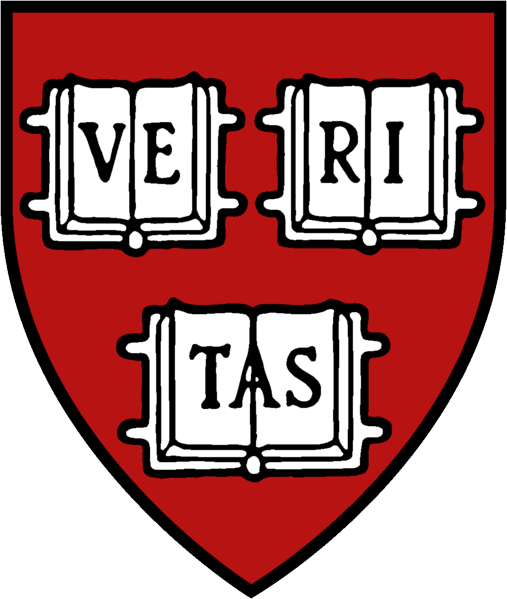Not much interest this time. I guess I should have saved some of the questions for the researchable quiz. In any case:
(1) What was the only Christian nation pillaged by Tamerlane? (2 points) Everyone answered Armenia, but the last of Lesser Armenia was conquered by the Mamelukes shortly before Tamerlane conquered that area, and Greater Armenia was conquered long before. The only Christian nations near Tamerlane and not protected by the Bosphorus were the Empire of Trebizond, which he apparently never reached even after he beat the Ottomans; and the Kingdom of Georgia, so to fight the infidel he had to make like Sherman and go marching through Georgia. At least four times.
(2) What historical figure is connected to these five images?
Vlad the Impaler aka Dracula. The first picture is his birthplace, Singhişora. The second is the Chindia Tower which was built by Vlad in Targoviste. The third is his brother Radu the Handsome. The fourth is his enemy, Mohammed II of the Ottoman Empire. The last is Snagov Monastery, where his body was traditionally buried, his head being elsewhere at the time.
(3) a. What do Alexander IV of Macedon, Alphonso XIII, Shapur the Great of Persia, John I of France, and Prince William III of Orange (but not William III of England) have in common? (2 points)
Each of them was an posthumous heir to the title. (Their fathers were dead, not them.) In other words, they succeeded at the moment they were born. Shapur was actually crowned in the womb, with the crown put on his mother’s belly. William III was Prince of Orange from his birth but didn’t become King of England until later.
b. All but one of them have something related in common. What is it, and who is the odd man out? (2 points each).
Alphonso XIII, who was deposed in 1931. All the rest reigned for their entire lives, which was five days in the case of John I of France and seventy years for Shapur II.
4) Nobody tried these questions. All of these except John XX are names assumed by pretenders or supporters of claimants. There was a lot of confusion with the numbering of the popes John, what with several antipopes and mythical popes and John XXI assumed that title in error; there was no Pope or Antipope John XX.
“Richard IV” of England was Perkin Warbeck, the second pretender to challenge Henry VII. (Lambert Simnel was “Edward VI,” but I didn’t include him since there was a king by that name.)
“Napoleon IV” was the Prince Imperial, son of Napoleon III and Eugenie.
“Charles III” of Great Britain was Bonnie Prince Charlie, Charles Stewart.
“James III” of England was the Old Pretender, son of James II and father of "Charles III".
“Henry IX” of Great Britain was Henry Stewart, "Charles III"’s brother and bishop of Frascati.
St. and “Pope” Hippolytus was the first antipope, from 217 until his martyrdom in 235.
“Felix V” was Amadeus VIII of Savoy and the last antipope.
The people in the hint are Carlist claimants from Spain and the son of Napoleon I and Marie Louise.
(5) What do the following have in common: John Wyclif, Richard III, Pope Formosus, Oliver Cromwell, Francois Duvalier and the answer to question #2? (2 points)
They were all executed posthumously. Pride of Pride’s Purge fame was also, and I believe some others of the regicides.
(6) Who is the first person chronologically who has a date of birth in the Internet Movie Database? What movie is responsible for him being there? (2 each)
Surprisingly, nobody ventured this, which I thought was fairly easy. The answer is Homer, c 850 BC, who got a writer's credit for Troy. Second is apparently Sophocles for a version of Oedipus Rex.
(7) What is Russell’s paradox? (3 points)
A classic paradox of set theory: Let U be the set of all sets, and S the subset of U consisting of those sets which are not members of themselves. Is S a member of itself or not? Either way, we have a contradiction. The paradox is dealt with by not allowing sets to be members of themselves.
(8) Name the poem and author from which this comes. What is he cooking? (2 points each)
"Its flavor when cooked is more exquisite far
Than mutton, or oysters, or eggs:
(Some think it keeps best in an ivory jar,
And some, in mahogany kegs.)
"You boil it in sawdust: you salt it in glue:
You condense it with locusts and tape:
Still keeping one principal object in view --
To preserve its symmetrical shape."
These are the Butcher’s instructions on how to cook the jubjub bird from Lewis Carroll’s The Hunting of the Snark. The jubjub bird is also mentioned in “Jabberwocky” in Through the Looking Glass.
9) This is the chandelier from the Sedlec Ossuary (or bone chapel or bone church) in Sedlec in the Czech Republic.
10) These are details from the church of Santa Maria della Concezione dei Cappuccini (Our Lady of the Conception of the Capuchins) in Rome. I would have accepted Capuchin crypt. Some of these decorations are sort of attractive until you realize what you’re looking at.

 I should have passed it on to someone else because I knew I would be busy, but I just couldn’t resist the temptation of concocting a new quiz, so I agreed to make a new one, but took terribly long. Well, finally here it is! It is in the usual format, with lots of picture and association questions. But I think it is a bit longer and more difficult than my previous quizzes. Since luceafarul mopped up almost all the points on the previous quiz, I was compelled to make this one a bit tougher. But don’t let this discourage you from submitting, since there are still many easier questions and little bits of questions which you may know. So don’t punish my delay with scanty submissions, but fill my PM-box to the brim with answers!
I should have passed it on to someone else because I knew I would be busy, but I just couldn’t resist the temptation of concocting a new quiz, so I agreed to make a new one, but took terribly long. Well, finally here it is! It is in the usual format, with lots of picture and association questions. But I think it is a bit longer and more difficult than my previous quizzes. Since luceafarul mopped up almost all the points on the previous quiz, I was compelled to make this one a bit tougher. But don’t let this discourage you from submitting, since there are still many easier questions and little bits of questions which you may know. So don’t punish my delay with scanty submissions, but fill my PM-box to the brim with answers!
 here is the quiz:
here is the quiz: